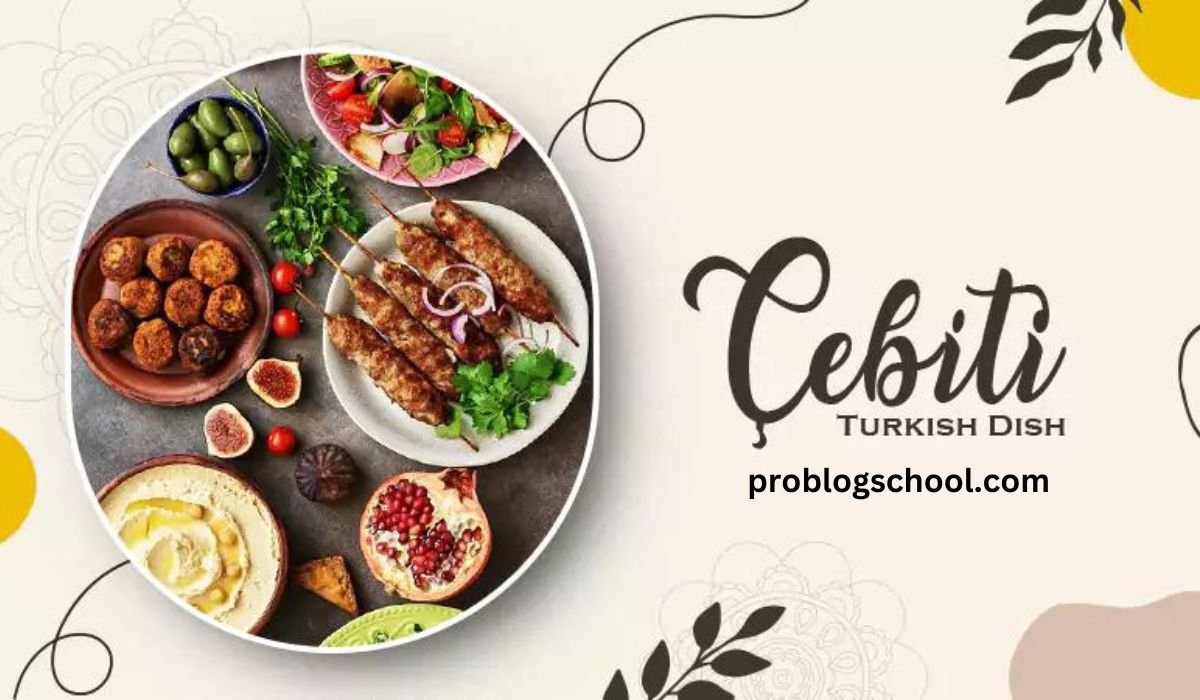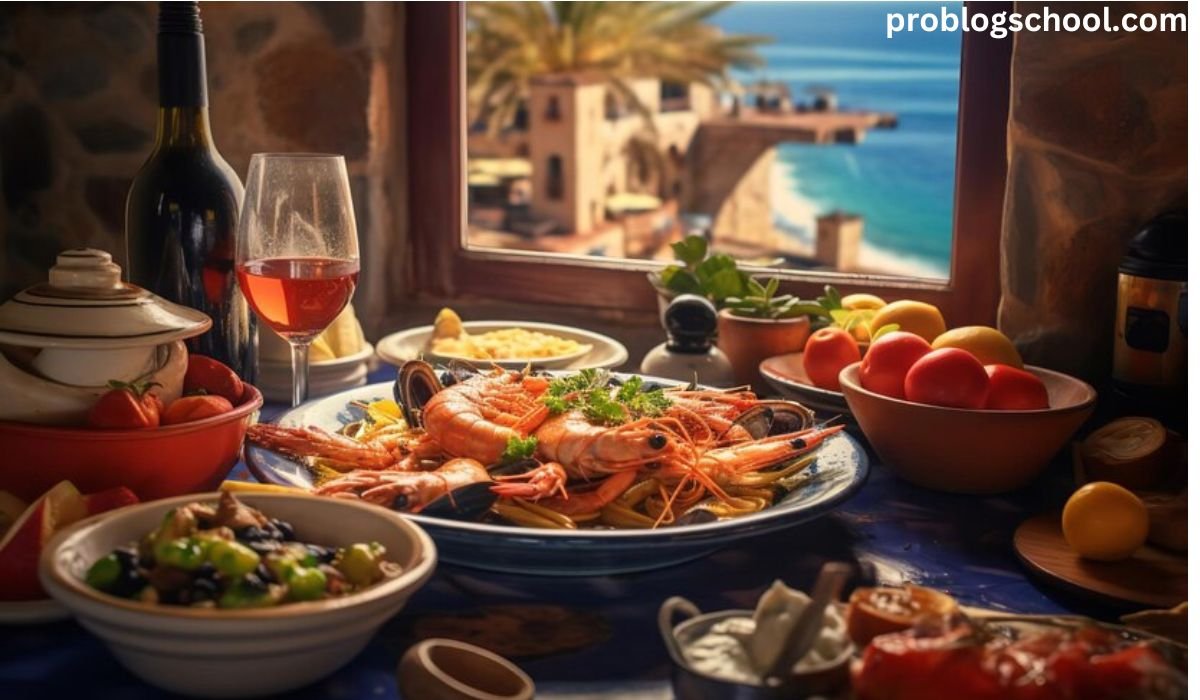Introduction
Have you ever tasted something that connects you to a rich history? Buší, a dish deeply rooted in Eastern European traditions, is exactly that. This unique culinary delight has not only survived centuries but has also evolved, maintaining its cultural significance. In this article, we will explore the history, culinary artistry, and sustainable potential of Buší, making a compelling case for why it should be cherished and preserved.
Unraveling the History of Buší
Ancient Roots
The origins of Buší can be traced back to ancient times, with its earliest references found in medieval Eastern European texts. This dish was more than just food; it was a symbol of communal gatherings, often prepared during significant celebrations. The simplicity of its ingredients and the traditional methods of preparation made it accessible to all, from peasants to royalty.
Cultural Significance
Buší holds a special place in Eastern European culture. It is not just a meal but a part of the cultural fabric, woven into the traditions and rituals of various communities. During festivals and holidays, Buší is often the centerpiece, symbolizing unity and abundance. Its preparation is considered an art, passed down through generations, with each family adding their unique touch.
Regional Variations
As Buší spread across different regions, it adapted to local tastes and ingredients. In some areas, it is prepared with a specific type of grain, while in others, the focus might be on the seasoning or the method of cooking. These regional variations have given rise to a diverse range of Buší dishes, each with its own distinct flavor and texture.
The Culinary Art of Buší
Core Ingredients
At its heart, Buší is made from simple, yet wholesome ingredients. The traditional recipe includes grains, root vegetables, and a blend of local herbs and spices. These ingredients are chosen not only for their availability but also for their nutritional value, making Buší a hearty and satisfying dish.
Traditional Preparation Methods
The preparation of Buší is a ritual in itself. The ingredients are carefully selected and prepared, with each step reflecting the cultural importance of the dish. The grains are soaked and boiled to perfection, while the vegetables are slowly roasted to bring out their natural sweetness. The herbs and spices are added at just the right moment, ensuring that the flavors meld together harmoniously.
Modern Interpretations
While the traditional recipe remains beloved, modern chefs have started to experiment with Buší, adding their innovative twists. Some incorporate exotic spices, while others might add a contemporary flair by altering the presentation. These modern interpretations have helped Buší gain popularity beyond its traditional roots, introducing it to a global audience.
Flavor Profile
Buši offers a unique taste experience that is both comforting and complex. The combination of grains and vegetables provides a hearty base, while the herbs and spices add layers of flavor that evolve with each bite. The dish is often described as earthy and rich, with a subtle sweetness that lingers on the palate.
Buší: A Sustainable Culinary Choice
Local and Seasonal Ingredients
One of the reasons Buší has endured for so long is its reliance on local and seasonal ingredients. This not only ensures freshness but also supports local agriculture. By using what is available in the region, Buší minimizes the need for long-distance transportation, reducing its carbon footprint.
Minimal Waste Approach
Traditional Buši preparation methods are inherently sustainable. Every part of the ingredient is used, with nothing going to waste. For example, vegetable peels might be used to make a broth, while leftover grains can be repurposed in other dishes. This minimal waste approach is not only environmentally friendly but also economical.
Environmental Impact
The production of Buši has a relatively low environmental impact, especially when compared to more resource-intensive foods. The use of plant-based ingredients means that it requires less water and energy to produce. Additionally, by supporting local farmers, Buši contributes to the sustainability of rural economies.
Buší Beyond Borders
Global Popularity
In recent years, Buši has gained recognition outside of its traditional Eastern European roots. Food enthusiasts around the world have embraced it, drawn to its rich history and unique flavor profile. This global popularity has also led to a renewed interest in the traditional methods of preparation, ensuring that the cultural heritage of Buši is preserved.
Fusion Cuisine
As Buši spreads to new regions, it has begun to merge with other culinary traditions. Chefs are experimenting with fusion dishes that combine Buši with flavors from different cultures. Whether it’s adding a spicy kick or incorporating exotic ingredients, these fusion dishes offer a fresh take on a beloved classic.
Economic Impact
The growing popularity of Buši has also had positive economic effects. In regions where Buši is a traditional dish, there has been an increase in food tourism, with visitors eager to taste authentic Buši. This, in turn, supports local businesses and encourages the preservation of traditional culinary practices.
Preserving the Legacy of Buší
Challenges and Opportunities
Despite its enduring popularity, Buši faces challenges in today’s fast-paced world. The traditional methods of preparation are time-consuming, and there is a risk that these practices could be lost as convenience foods become more prevalent. However, there is also an opportunity to promote Buši as a slow food option, highlighting its health benefits and cultural significance.
Culinary Education
One of the most effective ways to preserve the legacy of Buší is through culinary education. By teaching the younger generation how to prepare Buší, we can ensure that this cultural treasure is passed down through the years. Cooking classes, workshops, and cultural festivals are all excellent ways to engage people with Buší and inspire them to keep the tradition alive.
You May Also Like: Thestaurant: Where Luxury Dining Meets Unmatched Service
Conclusion
Buši is more than just a dish; it is a symbol of cultural heritage and sustainability. Its rich history, diverse flavors, and minimal environmental impact make it a culinary treasure worth preserving. As Buši continues to gain popularity beyond its traditional borders, it is essential that we support efforts to keep its legacy alive. Whether you are trying Buši for the first time or rekindling a connection to your roots, this dish offers a unique taste of history that should be celebrated for generations to come.
FAQs
What is Buší?
Buši is a traditional Eastern European dish made from grains, root vegetables, and herbs, known for its rich history and unique flavor.
How is Buší traditionally prepared?
Buši is prepared using simple ingredients like grains and vegetables, boiled and roasted, with herbs and spices added for flavor.
What does Buší taste like?
Buši has an earthy, rich flavor with a subtle sweetness, combining hearty grains, roasted vegetables, and aromatic herbs.
Is Buší a sustainable food choice?
Yes, Buši uses local, seasonal ingredients and a minimal waste approach, making it an environmentally friendly dish.
Has Buší gained popularity outside Eastern Europe?
Yes, Buši has gained global popularity, with chefs creating fusion dishes and food enthusiasts embracing its unique taste and heritage.











